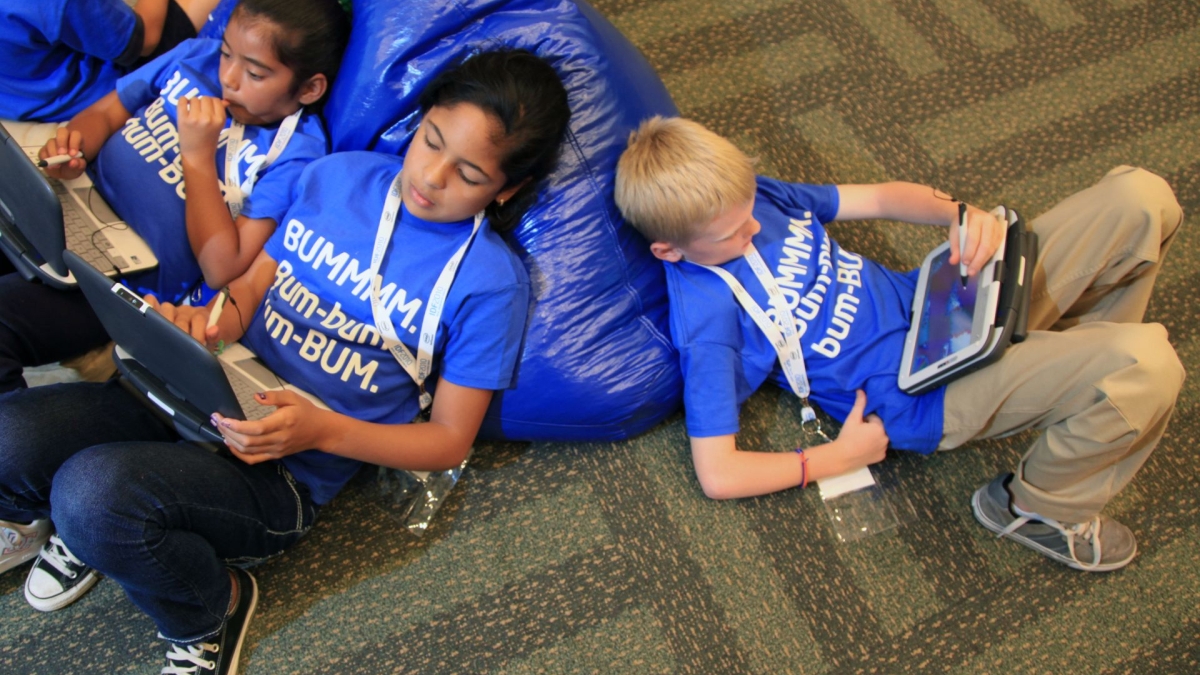Tips on buying tech toys for children

Children typically make it perfectly clear to parents what they want for holiday presents when it comes to technology. What’s less clear is what is appropriate for different age groups.
Assistant research professor Mary Anne Duggan and graduate research associate Crystal Bryce offer guidelines on what’s appropriate to buy, according to where children are in their developmental spectrum. Duggan and Bryce both work in the T. Denny Sanford School of Social and Family Dynamics at Arizona State University.
“Technology is like a food diet, that should be balanced with time limits and other activities," Duggan said. "Children are experiencing cognitive, physical, social and emotional development as they grow. When children spend an inordinate amount of time with technology, they begin to lag in important developmental milestones.”
Children up to age two should have zero time in front of screens, according to guidelines from the American Academy of Pediatrics Council on Communications and Media.
“Kids need direct interaction with people and three-dimensional objects for brain growth during this period. Research shows that there may be language development delays in children under age two who do have screen exposure,” Bryce said.
Children in this age group thrive with toys that engage their senses and enhance fine motor control. Toys like activity gyms are perfect for little ones in this age range.
Kids who are three to five years old are developing social skills and learning how to interact with others. Electronic games that work for children in this age group are those that involve other people. A toy such as a LeapFrog My Own Story Time Pad provides a child with a toy where parents can ask about what the child is reading.
“Don’t buy something that is handheld that they can do on their own. This is the time when they are developing in the area of social interaction, and we want to encourage this as much as possible,” Duggan said.
Six- to eight-year-olds are in a crucial period, when they are setting activity patterns for the rest of their lives, Bryce said.
“Go with things like the Wii and Xbox-Kinect, that encourage kids to move around,” she said. “You can do them with the kids, too.”
Other options include pedometers that keep track of how much activity takes place throughout the day, with tech time as the reward for reaching movement goals.
Youngsters in the nine- to 12-year-old age range are in a period when it’s important to them to have the coolest technology that’s available. It’s also easy to fall into the habit of spending too much time in front of a screen.
“Make sure you are limiting screen time and also encourage activities that are not tech-related,” Duggan said. Useful tools are a timer or parental controls available on some devices that limit time.
Less than one to two hours per day is recommended for screen time for children ages two and older, and it's best not to have screens at dinner or in the bedroom, Bryce said.
“It’s not bad to have the technology, but kids need to develop social skills and have parental interaction time. It’s also important to encourage children to play outside,” Duggan said. “Children need a variety of experiences to grow and develop.”